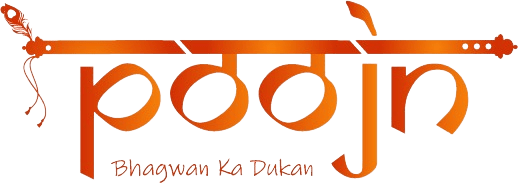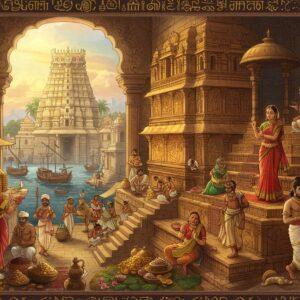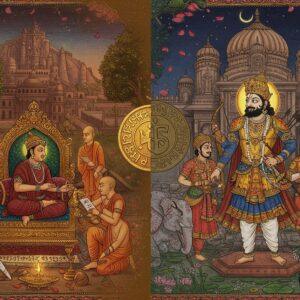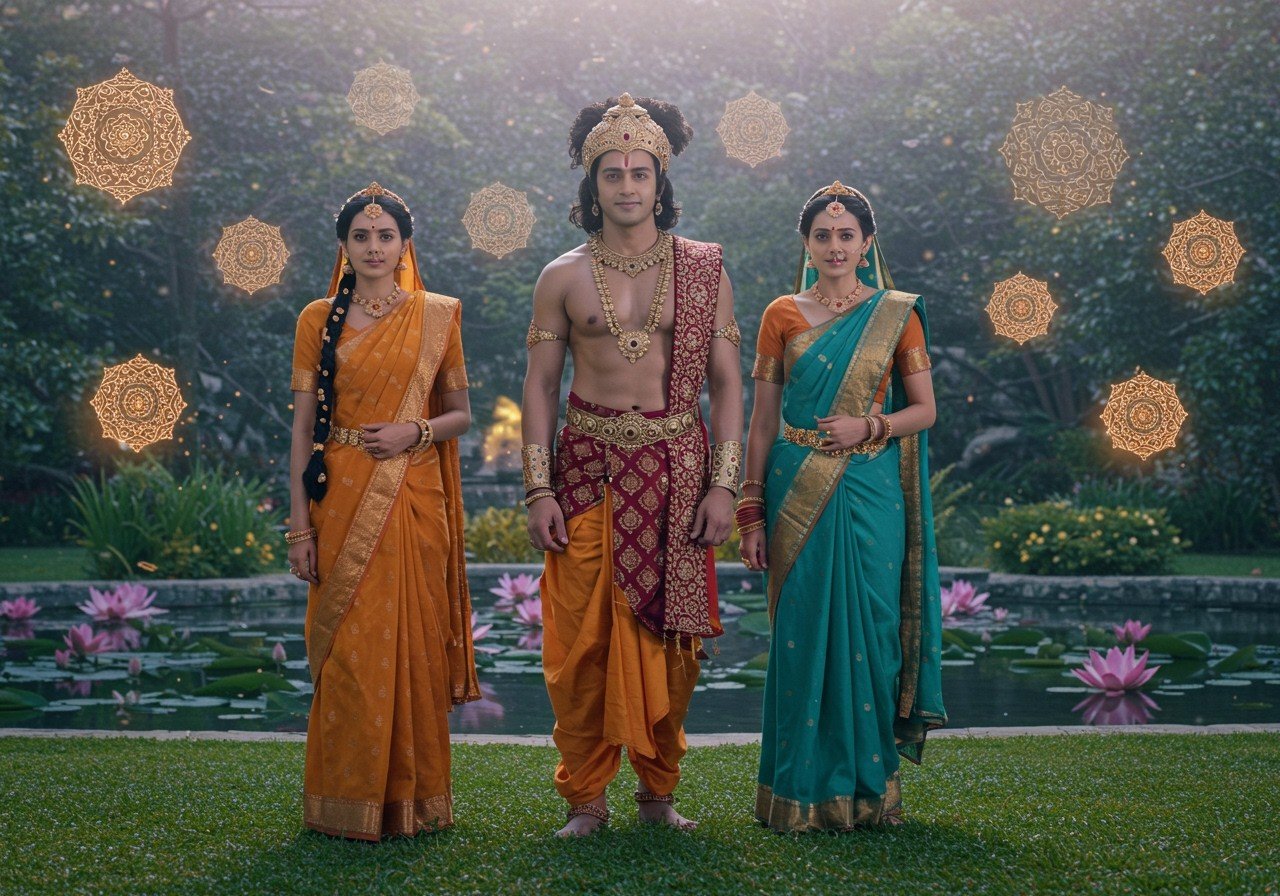
The Mahabharata, a cornerstone of Indian culture, holds a treasure trove of stories and traditions. Among its many fascinating aspects, the practice of polygamy, particularly among the royalty, offers a glimpse into the societal norms of ancient India. Let’s delve into the life of Sahadeva, the youngest Pandava, and explore his marriages, offering a respectful and insightful perspective on this historical practice.
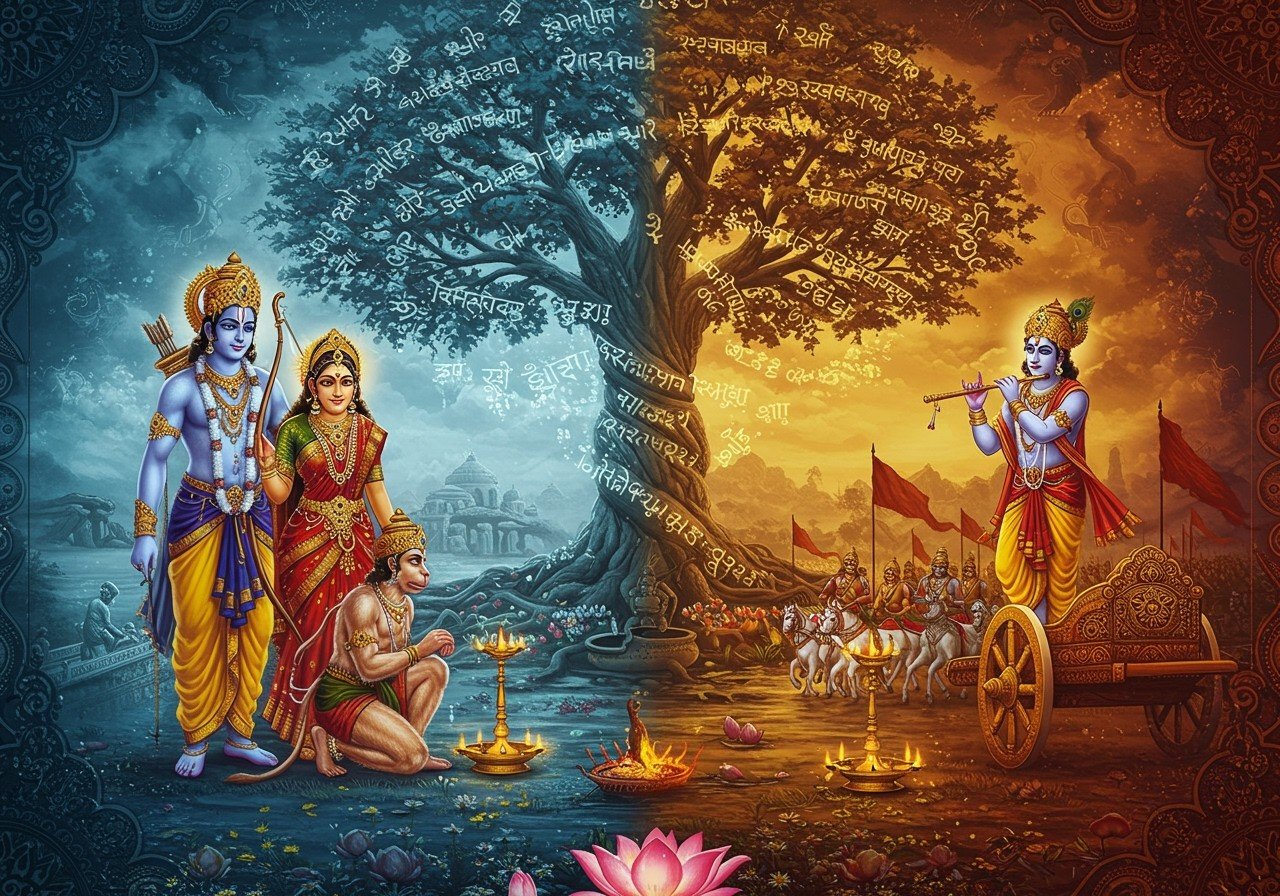
Sahadeva: The Wise and Loyal Pandava
Sahadeva, often overshadowed by his elder brothers, possessed a sharp intellect and unwavering loyalty. His wisdom and strategic thinking played a crucial role in the Pandavas’ journey. While known for his quiet demeanor, his contributions to the epic are significant. He was not just a warrior, but a skilled astrologer and a man of deep integrity. His prophetic abilities added another layer to his complex character.

Understanding Polygamy in the Mahabharata
Polygamy, the practice of having multiple spouses, was prevalent in ancient India, especially among the ruling class. Alliances, political strategy, and ensuring a strong lineage were key factors behind these unions. It’s essential to view this practice within its historical and cultural context, recognizing the different societal norms of that era. This practice significantly impacted family dynamics and relationships, creating a complex web of interconnected lives and destinies.
Sahadeva’s Marriages: A Glimpse into Tradition
Sahadeva’s marriages reflect the complexities of the time. He was married to Draupadi, the common wife of all five Pandava brothers, a unique relationship that symbolized unity and shared responsibility. Their son, Shrutakarman, carried forward their lineage. Sahadeva also married Vijaya, the daughter of King Dyutimat of Madra, strengthening political ties and expanding the Pandava influence. Their son, Suhotra, added another branch to the family tree.
- Draupadi’s marriage to the five Pandavas is a unique and significant event in the Mahabharata, demonstrating the complexities of relationships and dharma in that era. This practice, known as polyandry, adds a fascinating dimension to the epic.
- Vijaya’s marriage to Sahadeva reflects the political alliances and strategies common during that time. These alliances played a crucial role in shaping the power dynamics and relationships within the Mahabharata.
Cultural Context: Marriage in Ancient India
Marriage in ancient India was deeply rooted in cultural and societal expectations. Polygamy, while common, was governed by specific norms and traditions. These practices evolved over time, influencing the very fabric of society and shaping our understanding of relationships even today. The Mahabharata offers valuable insights into these evolving norms and their impact on families and individuals.
Relevance Today: Reflecting on the Past
The Mahabharata’s themes of marriage, family, and societal structures continue to resonate with us today. These ancient stories offer valuable lessons about human relationships, dharma, and the complexities of life. By exploring these historical practices, we gain a deeper appreciation for our cultural heritage and the evolution of societal values.
Exploring Further with Poojn.in
For those seeking a deeper understanding of the Mahabharata and its cultural significance, Poojn.in offers a wide range of resources. From authentic puja items to insightful books, you can find everything you need to connect with your heritage.
- Books and Scriptures: Deepen your knowledge with our collection of books on the Mahabharata, exploring its characters, themes, and philosophies. Srimad Bhagavad Gita is a great place to start.
- Puja Kits: Connect with the divine through our curated puja kits, designed for various occasions and deities. Kalash Kumkum Roli set the right atmosphere for your spiritual practices.
- Idols and Murtis: Bring home the divine presence with our beautifully crafted idols and murtis, representing various deities from the Mahabharata. Laddu Gopal Dress adds a personal touch to your devotion.
Visit Poojn.in or connect with us on WhatsApp at 9476142738 for any assistance. Our team is always happy to help you on your spiritual journey.
Frequently Asked Questions
What were the reasons behind polygamy in the Mahabharata? Polygamy during the Mahabharata era often served political and strategic purposes, forging alliances and ensuring the continuation of royal lineages. It was a complex practice embedded within the societal norms of the time.
How did these practices influence family dynamics? Polygamous relationships undoubtedly added layers of complexity to family dynamics, influencing relationships between spouses, siblings, and across generations. The Mahabharata offers glimpses into these intricate family structures.
How are Sahadeva’s marriages significant? Sahadeva’s marriages, like those of his brothers, played a role in the larger political landscape of the Mahabharata. His union with Vijaya, for instance, cemented an alliance with the kingdom of Madra.
Where can I learn more about these historical practices? Resources like Poojn.in offer a wealth of information on the Mahabharata and its cultural context, providing a deeper understanding of ancient Indian traditions and their relevance today.
